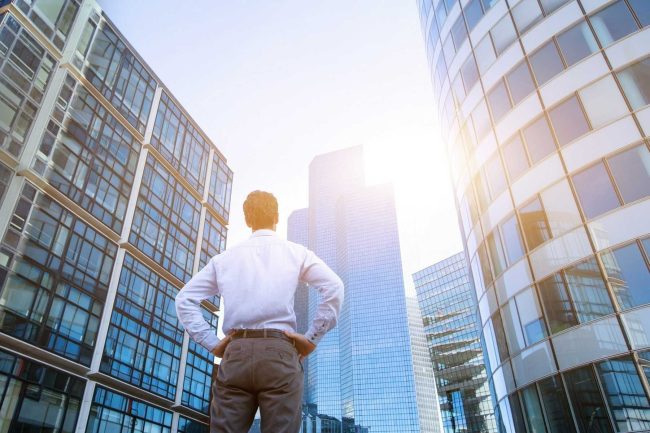Introduction: The realm of Commercial build outs stands as a testament to the dynamic nature of businesses and their ever-evolving spatial needs. Whether transforming an existing space into a cutting-edge office, a vibrant retail store, or a functional restaurant, commercial build-outs play a pivotal role in aligning physical environments with the vision and requirements of businesses. In this exploration of commercial build-outs, we delve into the intricacies of this specialized construction process, examining its significance, key considerations, design innovations, and the pivotal role it plays in shaping the identity of businesses.
Understanding the Significance of Commercial Build-Outs: Commercial build-outs, also known as tenant improvements, involve customizing and renovating leased spaces to meet the specific needs and aesthetic preferences of tenants. These projects can range from minor modifications to extensive renovations, depending on the requirements of the business occupying the space. The significance of commercial build-outs lies in their ability to transform generic commercial spaces into functional, branded environments that enhance the overall customer experience, employee productivity, and business operations. As businesses evolve, so too do their spatial needs, making commercial build-outs a crucial element in staying competitive and adaptable in the ever-changing marketplace.
Key Considerations in Commercial Build-Outs: Successfully navigating the complexities of commercial build-outs requires a thorough understanding of the unique considerations involved. Zoning regulations, building codes, and lease agreements are critical factors that must be carefully analyzed and adhered to during the planning phase. Budgetary constraints and timelines are equally important, demanding meticulous project management to ensure that the build-out aligns with financial parameters and is completed within the stipulated timeframe. Engaging with experienced architects, designers, and contractors becomes imperative to address the technical, legal, and aesthetic aspects of the build-out process, ensuring a seamless transition from concept to completion.
Innovative Design Approaches: The design phase of commercial build-outs is a dynamic process that involves translating the vision and brand identity of a business into physical space. Innovative design approaches play a central role in creating unique, functional, and aesthetically pleasing environments. From open-concept office spaces that promote collaboration to retail layouts that enhance the customer shopping experience, the design of a commercial build-out is a strategic tool for businesses to differentiate themselves in a competitive market. Integrating sustainable design elements, flexible layouts, and the latest technology further positions commercial build-outs as opportunities to align physical spaces with the values and aspirations of modern businesses.
The Role of Technology in Commercial Build-Outs: Technology has become an integral part of contemporary commercial build-outs, offering innovative solutions to enhance efficiency, sustainability, and user experience. Building Information Modeling (BIM) allows for detailed digital representations of the build-out, aiding in collaborative planning and reducing the likelihood of errors during construction. Smart building technologies, including automated lighting, climate control, and security systems, contribute to energy efficiency and enhance the overall functionality of commercial spaces. The integration of virtual reality (VR) and augmented reality (AR) during the design phase allows stakeholders to visualize and experience the proposed build-out before construction begins, facilitating better decision-making and minimizing the risk of design changes during the construction process.
Navigating Sustainability in Commercial Build-Outs: As environmental consciousness grows, the focus on sustainability in commercial build-outs becomes increasingly significant. Adopting green building practices, utilizing eco-friendly materials, and implementing energy-efficient systems contribute to both environmental stewardship and long-term cost savings. The pursuit of certifications such as LEED (Leadership in Energy and Environmental Design) underscores a commitment to sustainable construction practices. Sustainable commercial build-outs not only align with corporate social responsibility goals but also cater to a growing market demand for environmentally conscious businesses, enhancing brand reputation and appeal.
Conclusion: Commercial build-outs serve as the canvas upon which businesses paint their unique identities and adapt to the evolving demands of their industries. From navigating legal considerations to embracing innovative design and technology, the intricacies of commercial build-outs require a nuanced approach. As businesses continue to evolve, so too will the role of commercial build-outs, shaping the physical spaces that serve as the backdrop for innovation, collaboration, and customer engagement. With a keen understanding of the significance of this process, businesses can leverage commercial build-outs as a strategic tool to create environments that not only meet their immediate needs but also position them for future success in a competitive landscape.

